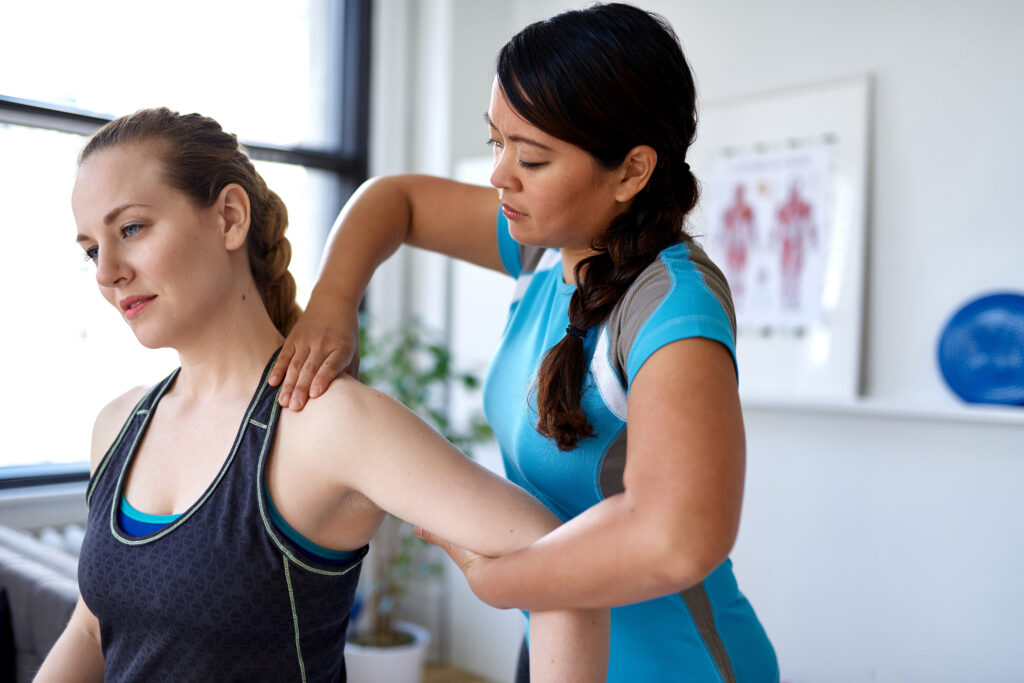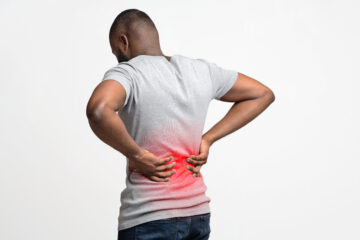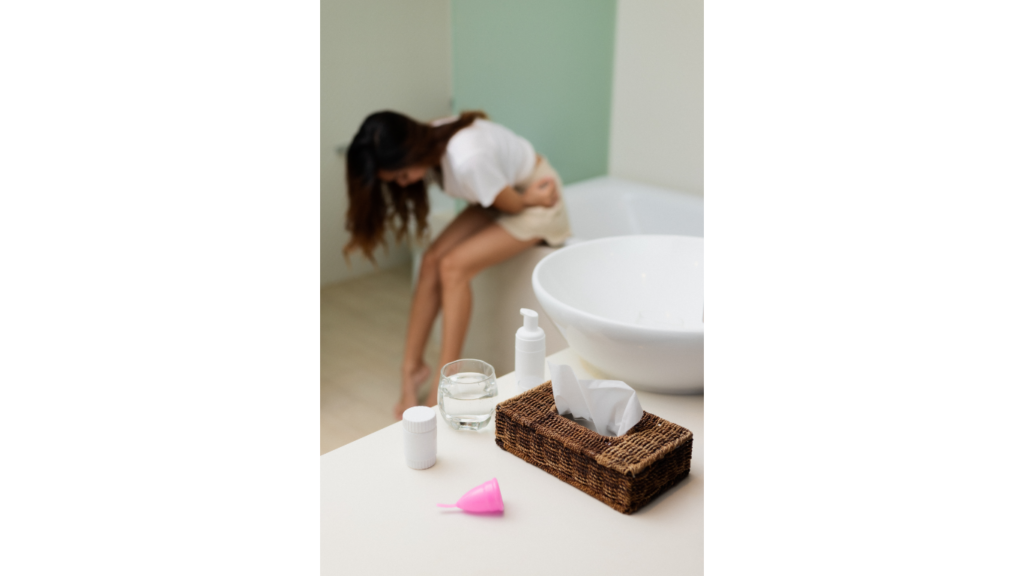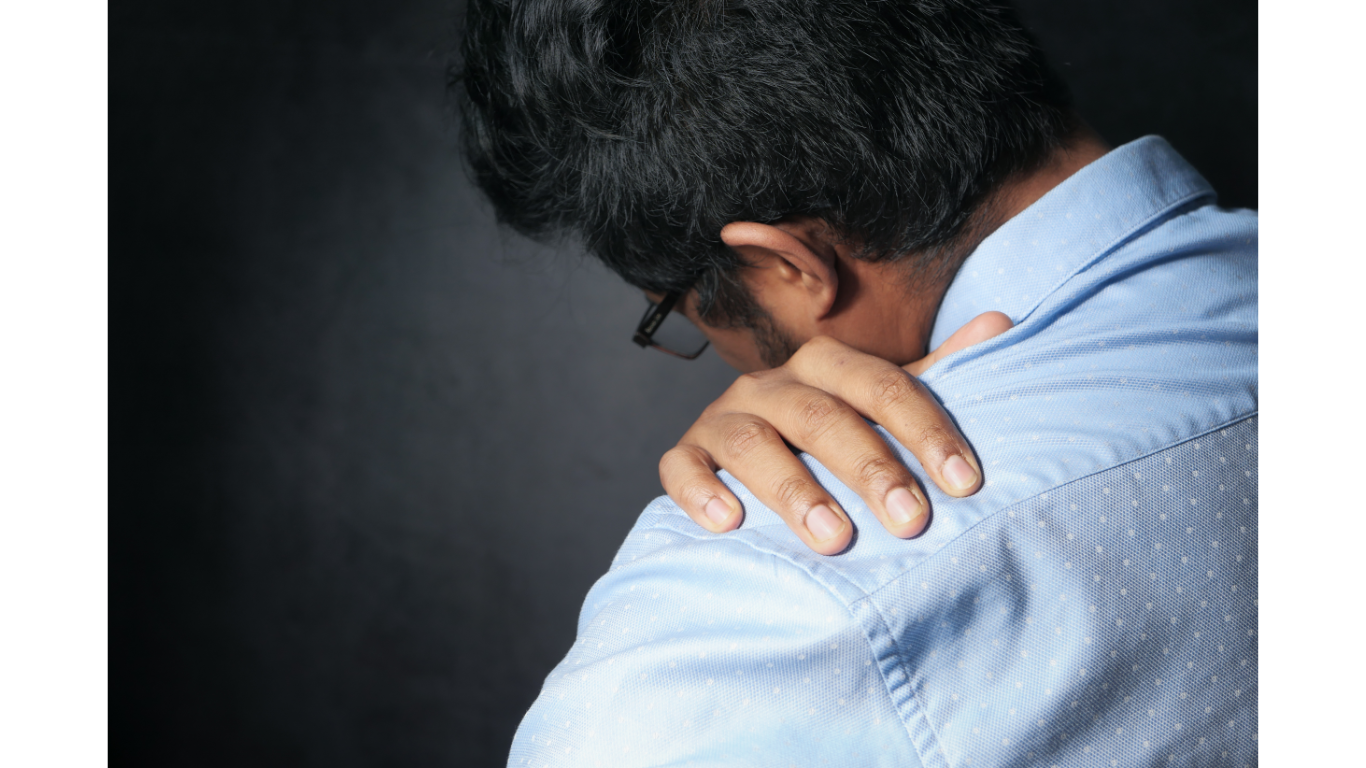Shoulder Pain: The Role of Physiotherapy

Are you grappling with persistent shoulder discomfort that hampers your daily activities? This blog is designed to be your compass through the intricate landscape of shoulder discomfort. We will delve into the origins of shoulder pain, explore evidence-based remedies, and emphasize the transformative impact of shoulder physiotherapy in not only providing relief but also in restoring optimal functionality and well-being.
Unveiling Shoulder Pain’s Origins
Shoulder discomfort or pain originates from various sources, each demanding specific attention.
Muscle Tension: Tense shoulder muscles restrict motion and cause discomfort. But you can explore strategies to relieve this tension for improved flexibility and comfort.
Joint Issues: Inflammation or arthritis within the shoulder joint leads to persistent pain. Understand how these issues affect your shoulder’s function and discover ways to manage and alleviate discomfort.
Injuries: Traumatic events, like strains or dislocations, contribute to ongoing shoulder pain but once an individual is able to decode the impact of injuries and explore rehabilitation strategies for a smoother recovery.
Posture and Overuse: Poor ergonomics and repetitive movements contribute to chronic shoulder discomfort. Learn how lifestyle factors affect your shoulder health and adopt corrective measures for lasting relief.
Evidence-Based Solutions for Shoulder Pain: Unlock a diverse set of evidence-based remedies that effectively manage shoulder pain
Medications: Delve into the targeted use of medications to alleviate pain and reduce inflammation so as to reduce discomfort.
Physical Therapy: Explore the benefits of shoulder physiotherapy and coupled with tailored exercises designed to enhance mobility and ease pain.
Manual Therapy: Understand how expert hands-on techniques address muscle tension, improve joint mobility, and expedite the healing process.
Posture Correction: Learn about ergonomic adjustments and posture correction as essential elements in preventing recurring shoulder discomfort.
Unraveling the Mechanics of Shoulder Physiotherapy to Address Shoulder Pain
Embark on a journey through the intricate process of shoulder physiotherapy, where each step is a deliberate stride towards your pain-free mobility.
Comprehensive Assessment: Delve into the world of detailed evaluations that dissect the root cause of shoulder discomfort. This comprehensive assessment lays the foundation for a personalized treatment plan so that it ensures that every aspect of your discomfort is addressed with precision.
Targeted Exercises: Discover a repetition of customized exercises meticulously designed to fortify and mobilize shoulder muscles. Because these exercises not only promote flexibility but also play a pivotal role in diminishing pain. Unearth the power of movement tailored to your unique condition, unlocking a pathway to increased strength and resilience.
Manual Techniques: Grasp the impact of skilled hands-on interventions that release tension, enhance joint function and optimize overall shoulder mechanics. Through these manual techniques, you’ll experience a nuanced approach to healing from shoulder discomfort, where the expertise of your physiotherapist becomes a catalyst for tangible, immediate relief and relaxation.
Education and Prevention: Acquire valuable insights into shoulder conditions, effective pain management strategies, and preventative measures for the future. Because education is every important in this journey. Education becomes a beacon, not only guiding you through your current discomfort but also empowering you to actively participate in your shoulder health journey.
In this meticulous exploration of shoulder physiotherapy, each element contributes meaningfully to your well-being. It’s a journey that transcends relief, aiming to equip you with the tools and knowledge needed for sustained shoulder health and a future free from discomfort..





